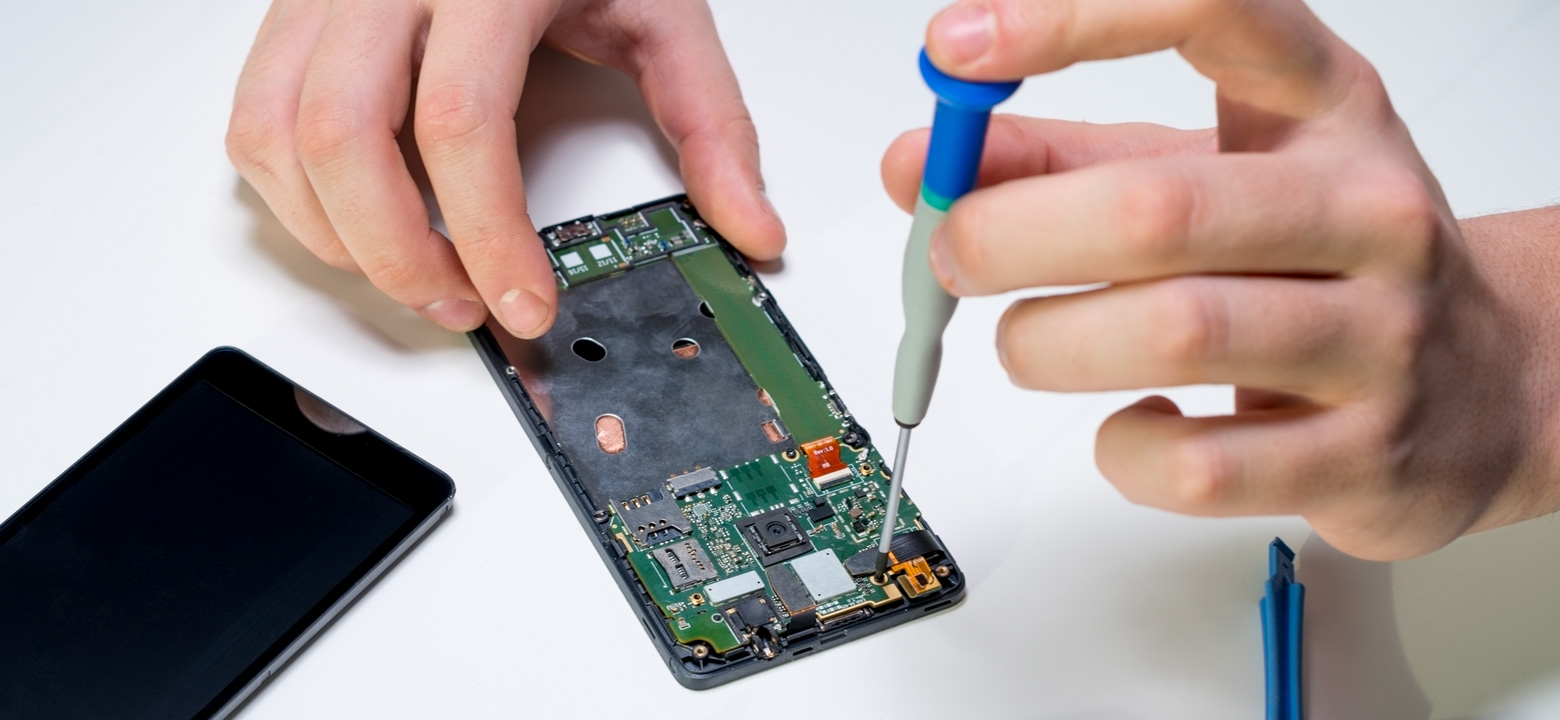
New technology is always expensive when it first hits the scene. If you're looking to get a new-to-you device without having to pay a high price tag, refurbishment might be the perfect option for you. What is refurbishing, and are there any downsides to it?
Refurbishing refers to distributing electronics that have been returned for one reason or another. The process is different from selling a product as “used.” In the refurbishment, the products are returned to the manufacturer by stores or end-users. They are then repaired by the original manufacturer, tested for functionality, and re-sold. The prices are generally lower than brand new electronics, but maybe slightly higher than used electronics since used electronics carry no guarantee of functionality.
There are several upsides and downsides to refurbishing electronics. These include:
If a buyer is in the market for an electronic device, they can save money by buying a refurbished one. It can't technically be sold as a new device, so manufacturers are often willing to knock a bit off of the price to incentivize buyers to purchase it. For buyers on a budget, buying refurbished electronics can be a great way to get like-new electronics at bargain prices.
In a similar vein, refurbishment lets manufacturers recover some of the cost of producing and repairing a device.
There are a lot of reasons why electronics get returned. A refurbished device could've had a small cosmetic defect or a major internal problem. Either way, the buyer may not get to know anything about why their device was returned, or what repairs it needed. This can make some buyers cagey about purchasing pre-owned electronics, even if they've been repaired and tested.
No manufacturer wants to sell a faulty product and then have to deal with returns, refunds, and so forth. Refurbished electronics undergo extensive testing to make sure they work—they've probably already been repaired once, and the manufacturer doesn't want to eat the cost of the parts and labor by having to trash the machine entirely. This means that a refurbished device has undergone quality control when it was new, and another round of even more intensive checks after refurbishment.
Some refurbished electronics are final sale. That means that, unlike a new device, the buyer may not be able to return them. They also may or may not get a warranty. Purchasing refurbished electronics requires paying more attention to the terms and conditions of the sale.
Numerous things might render a device unfit for sale as a new product. Sometimes, all it takes is for a buyer to regret their purchase and send the item back with damaged packaging. In this case, refurbishment is ideal because it costs very little for the manufacturer to run some quality tests, re-package it, and sell it as a refurbished device. It's also good for the end user, since they'll get a barely used device for cheap.
Buyers can't plan their purchases around refurbished devices, since there's no guarantee how many will be available. It all depends entirely on how many devices were returned to the manufacturer, and what kind of repairs and testing they needed to be fit for sale.
Once a new product comes on the market, it tends to push out older models. For buyers who don't necessarily want the latest devices, checking out refurbished ones might offer a wider variety of older electronics. Manufacturers might also offer more of a discount on older refurbished electronics.
Refurbished electronics may not always include all the original accessories or packaging that accompany new devices. While this can contribute to cost savings for consumers, it's important to note that the absence of accessories like charging cables or manuals may affect the user experience. Providing information about the contents of refurbished packages and any additional accessories or components required can help consumers make informed purchasing decisions.
Refurbishing electronics not only offers cost savings for consumers and manufacturers but also contributes to environmental sustainability. By extending the lifespan of electronic devices through refurbishment, fewer resources are consumed in the production of new devices, reducing electronic waste and carbon emissions associated with manufacturing processes. Refurbishment aligns with the principles of the circular economy by promoting reuse and recycling, thereby mitigating the environmental impact of electronic consumption.
Refurbishment is generally a boon for customers and manufacturers alike. It keeps manufacturers from having to absorb the entire cost of returns and lets buyers get like-new, highly-tested electronics inexpensively. While there are some downsides associated with refurbishing, it's up to the buyer to determine if these outweigh its numerous benefits.